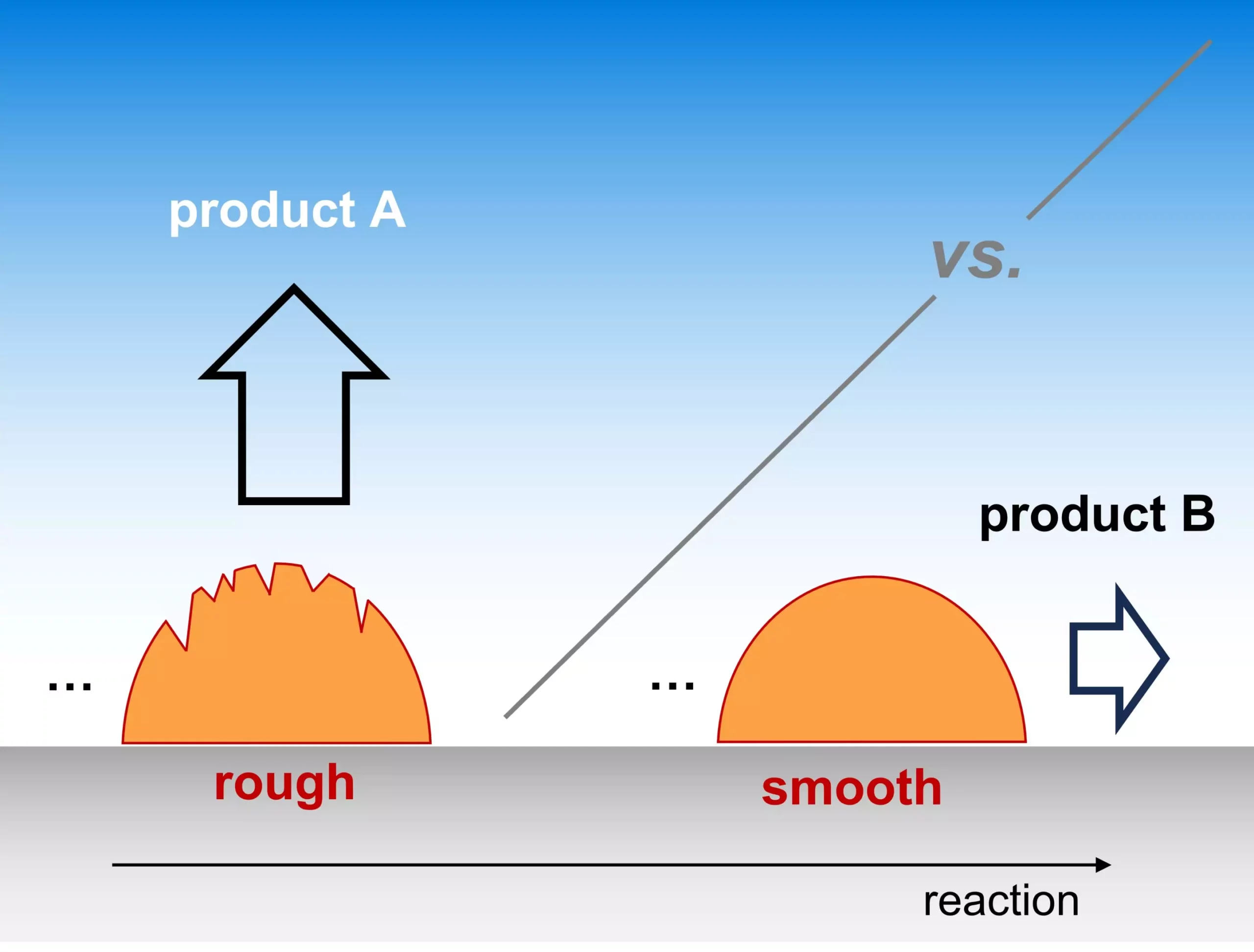Recent research from the Fritz Haber Institute highlights a groundbreaking perspective on catalysis that diverges from the long-standing convention of evaluating active sites exclusively at the atomic level. The study, published in *Nature Catalysis*, emphasizes the importance of catalyst morphology, particularly the “roughness” of catalyst surfaces, in dictating product selectivity during electrocatalytic reactions. This shift in focus encourages an evaluation of catalysts that could lead to enhanced efficiency in various chemical reactions, including the conversion of CO2 into energy-dense fuels and the generation of H2O in fuel cells.
Electrocatalysis: A Catalyst for Sustainability
Catalysis is undeniably a cornerstone of the chemical industry, impacting countless aspects of daily life—from the creation of plastics to pharmaceutical development and fertilizer manufacture. Among the various types of catalysis, heterogeneous electrocatalysis stands out as a promising technology for achieving carbon-neutral production of fuels and chemicals using renewable energy sources. This process not only requires relatively mild operational conditions but also leverages the interplay of charge transfer at solid-liquid interfaces to drive essential chemical transformations.
The critical objective of the research team was to unravel the complexities of catalyst selectivity, an aspect often mired in ambiguity. Their innovative approach seeks to understand how variations in catalyst surface characteristics can directly impact the early stages of chemical reaction mechanisms. By shedding light on the microscopic movements of reaction intermediates—particularly their transport and eventual escape from the catalyst surface—the researchers have carved out a deeper understanding of the relationship between morphology and activity.
A Game-Changer for Reaction Mechanisms
At the heart of the team’s findings is a multi-scale kinetic model that captures the intricacies of species transport through the electrolyte. By quantifying the relationship between the density of active sites and the roughness of the catalyst, this model demonstrates its capability to replicate various trends documented in experimental literature. Rather than viewing catalyst performance as a straightforward function of the active site’s atomic configuration, this paradigm positions surface roughness as a critical variable across every relevant scale of catalyst morphology.
The implications of these findings are profound. They not only enhance our grasp of the fundamental mechanisms at play in electrocatalysis but also pave the way for future innovations aimed at optimizing selectivity and the durability of catalysts. The potential for designing catalysts with tailored surface features that can ‘tune’ the product outcome in a predictable manner opens up tantalizing avenues for research and industrial applications alike.
Embracing a New Era of Catalytic Research
This fresh perspective on catalyst design aligns with the global push for sustainable energy solutions. As our society faces pressing environmental challenges, the need for efficient technologies that reduce greenhouse gas emissions has never been more urgent. The findings from the Fritz Haber Institute signify an important step toward achieving this goal. By incorporating a more holistic approach that includes surface morphology in catalysis studies, researchers can develop advanced, high-performance catalysts that contribute to the transition to cleaner energy solutions and a more sustainable future.
The work conducted by the Fritz Haber Institute marks a significant paradigm shift in the field of catalysis. With an emphasis on catalyst roughness, the potential to enhance electrocatalytic efficiency is deceptively simple yet immensely impactful, positioning researchers and industrialists to forge new paths in sustainable energy development.


Leave a Reply